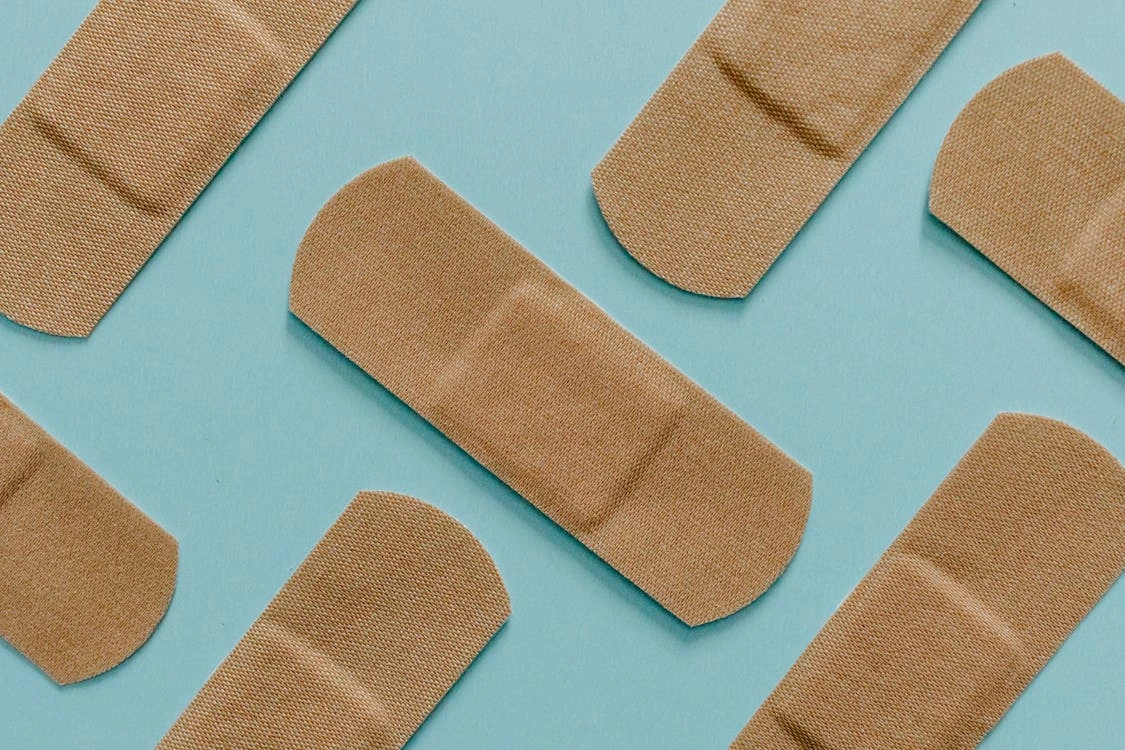0HHW8NZ refers to the medical procedure of inserting a tissue expander into the right nipple using an endoscope through a natural or artificial opening. This procedure is typically done to prepare the tissue for breast reconstruction surgery.
Table of Contents:
- 🔎 Clinical Indication
- 📋 Preparation
- 📖 Methodology
- 🩹 Recovery
- 🚨 Complexity & Risk
- 🔀 Similar Procedures
🔎 Clinical Indication
Surgeons may perform the procedure 0HHW8NZ to insert a tissue expander into the right nipple for reconstructive purposes following a mastectomy or as part of gender-affirming surgery. The expander helps stretch the skin and underlying tissue to prepare for a future breast implant.
This procedure can be done through a natural opening or with the assistance of an endoscope, allowing for a minimally invasive approach. By expanding the tissue in the nipple area, surgeons can create a more natural-looking breast shape and contour for the patient.
📋 Preparation
Before 0HHW8NZ, the patient will typically undergo a thorough physical examination to ensure they are a suitable candidate for the procedure. This may involve blood tests, imaging scans, and discussions with the surgical team.
In the days leading up to the surgery, the patient may be instructed to stop taking certain medications, adjust their diet, or refrain from smoking to optimize their health and reduce the risk of complications during and after the procedure.
On the day of the surgery, the patient will be required to fast for a certain period of time before the operation to minimize the risk of aspiration during anesthesia. The surgical team will also prepare the operating room, equipment, and supplies needed for the insertion of the tissue expander into the right nipple.
📖 Methodology
During 0HHW8NZ, a tissue expander is inserted into the right nipple through a natural or artificial opening using an endoscope. This procedure serves to gradually stretch the skin and tissue in the area to prepare for a breast reconstruction surgery, allowing for the implantation of a permanent breast implant in the future. The tissue expander is filled with saline solution over time to increase the volume in a controlled manner.
🩹 Recovery
After the insertion of a tissue expander into the right nipple, the recovery process typically involves monitoring for any signs of infection or complications. It is important for patients to follow their doctor’s instructions for wound care to ensure proper healing.
Patients may experience some discomfort, swelling, and bruising in the treated area following the procedure. Taking prescribed pain medication as directed and applying ice packs can help manage these symptoms during the recovery period.
Over time, as the tissue expander gradually expands the skin and underlying tissue, patients may need additional appointments with their healthcare provider to adjust the expander. This process allows for the skin to stretch and create the necessary space for a future reconstructive surgery.
🚨 Complexity & Risk
Performing 0HHW8NZ, or the insertion of a tissue expander into the right nipple via natural or artificial opening endoscopic, is a highly complex procedure. Surgeons must navigate delicate tissue and structures near the nipple to safely place the expander.
Patients undergoing this procedure are at risk for potential complications such as infection, bleeding, and damage to surrounding tissues. It is essential for surgeons to carefully monitor patients post-operation to mitigate these risks and ensure a successful outcome.
🔀 Similar Procedures
Another common medical procedure that is similar to the insertion of a tissue expander into the right nipple via natural or artificial opening endoscopic is the insertion of a pacemaker. A pacemaker is a small device that is placed under the skin near the collarbone to help control abnormal heart rhythms. Both procedures involve the use of specialized tools and techniques to safely insert a device into the body for medical purposes.
Similarly, another procedure that shares similarities with the tissue expander insertion is a laparoscopic cholecystectomy, which is the removal of the gallbladder using a minimally invasive approach. This procedure also involves the use of endoscopic tools to access and remove the gallbladder through small incisions in the abdomen. Like the tissue expander insertion, the laparoscopic cholecystectomy allows for faster recovery and less scarring compared to traditional open surgery methods.

